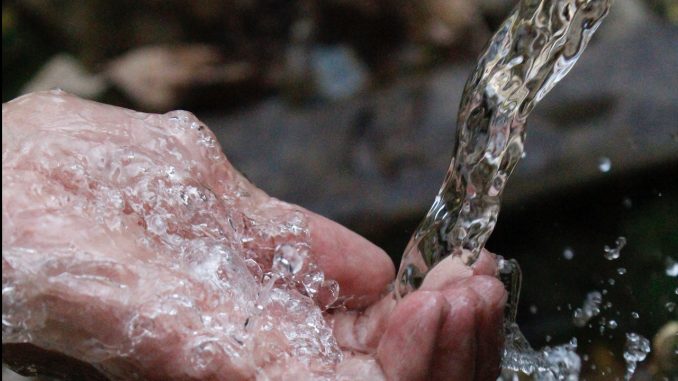
In its report on climate and development, the World Bank sounds the alarm on water scarcity in Morocco. The international financial institution stresses in its report that Morocco is one of the poorest countries in the world in terms of water and is rapidly approaching the threshold of absolute water shortage set at 500 m3 per person per year. This threshold could be reached even before the end of the decade. Between 1960 and 2020, the per capita availability of renewable water resources fell from 2,560 m3 to about 620 m3 per person per year, placing Morocco in a situation of structural water stress (less than 1,000 m3). The World Bank estimates that the pressure on groundwater has increased considerably, reaching a level of overexploitation estimated at nearly 30%, especially during dry years. The international financial institution notes that Morocco has responded to the challenge of water scarcity and drought by deploying major infrastructure.
However, climate change may reduce the effectiveness of these structures. In addition to the construction of 149 dams, Morocco has created 15 interconnections between river basins, covering some 785 kilometers (km), to meet municipal and irrigation water needs. Despite these massive investments, “the gap between water supply and demand is currently estimated at 1.8 billion m3/year nationwide with structural deficits recorded in the Souss-Massa, Tensift, Moulouya and Oum Er Rbia basins,” the report notes. The variability and decline in rainfall has compromised the effectiveness of the infrastructure approach, with the actual volume of water in reservoirs trending downward over the past decade.
The level of reserves of dams, until November 7, 2022, is about 3.97 billion m3 (3972.5 Mm3), a filling rate of 24.6% against 35.4% recorded during the same period last year.
The second largest dam in the Kingdom, namely the Al Massira Dam, shows a filling rate of only 4.3% as of November 7 against 8.7% on the same date in 2021. Its reserve has dropped significantly from 231 Mm3 to 114.2Mm3.
The Sidi Mohamed ben Abdellah dam has also experienced a decrease in its reserves which have fallen in the space of a year from 470.9 Mm3 to 257.7 Mm3. Its filling rate went from 48.3 to 26.4%. The situation of other dams has deteriorated. This is particularly true of the Al Wahda dam, the largest dam in Morocco, whose reserves have fallen from 2110.3 Mm3 to 1451.5 Mm3. The filling rate of this dam is 41.2% as of November 7 against 59.9% on the same date in 2021. As for the 3rd largest dam, namely Bin El Ouidane, its reserves went from 191.2 Mm3 to 99.2 Mm3. Its filling rate went from 15.7 to 8.2%.

Be the first to comment